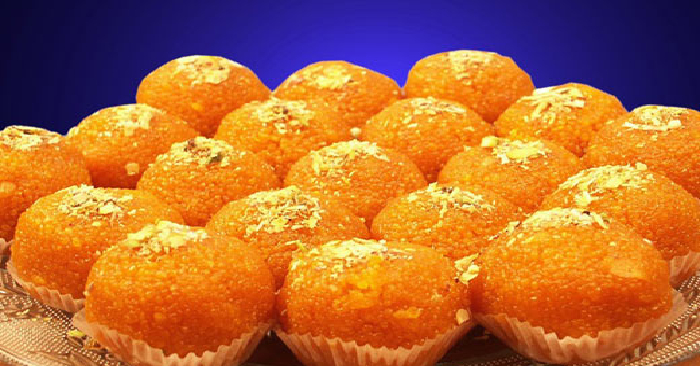Ladoo: A Sweet Journey Through 4,600 Years of History

Ladoo, the beloved Indian sweet, holds a rich history spanning over 4,600 years, dating back to the Harappan civilization, also known as the Indus Valley Civilization. This timeless treat has been a staple in Indian culture, gracing celebrations and happy occasions with its round, saccharine goodness. Across India and neighboring countries like Pakistan, Nepal, and Bangladesh, ladoos are cherished for their regional variations and cultural significance.
Regionally diverse, ladoos are made from ingredients such as besan flour, sugar, ghee, raisins, and cashew nuts, each region adding its own twist to the recipe. Some popular varieties include Motichoor ladoo from North India, Churma ladoo from Gujarat, Coconut ladoo from South India, Til ladoo from Assam, and Kerala ladoo, a variant of Boondi ladoo.
Archaeological discoveries have revealed that ladoos were crafted during the Harappan era, with ancient samples unearthed in Binjor, Rajasthan. Initially mistaken for mud balls, these ladoos, when analyzed, were found to contain barley, wheat, peas, and high-protein bean flours, enriched with minerals like calcium, magnesium, and potassium.
In Ayurveda, the ancient Indian system of medicine, ladoos were prescribed as medicinal treats by Sushruta, known as the father of surgery. These ladoos, made with herbs, jaggery, peas, and honey, were recommended for surgical patients and continue to be used today in traditional medical practices. Rural communities in India often serve ladoos to pregnant women for their nutritional benefits, and temples, notably the Tirupati temple in Andhra Pradesh, distribute ladoos as sacred offerings.
From ancient civilizations to modern-day traditions, ladoos remain a symbol of cultural heritage and culinary delight, embodying the essence of sweetness in Indian festivities and daily life alike.






